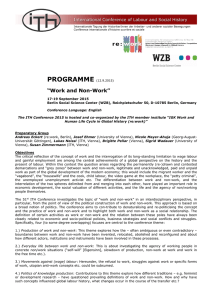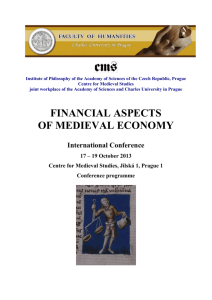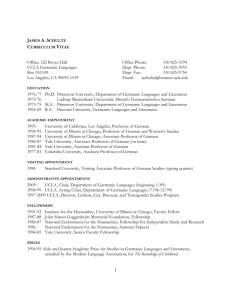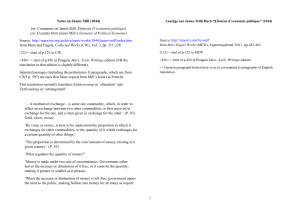paces of Slave Labour in Late Medieval Venice
advertisement
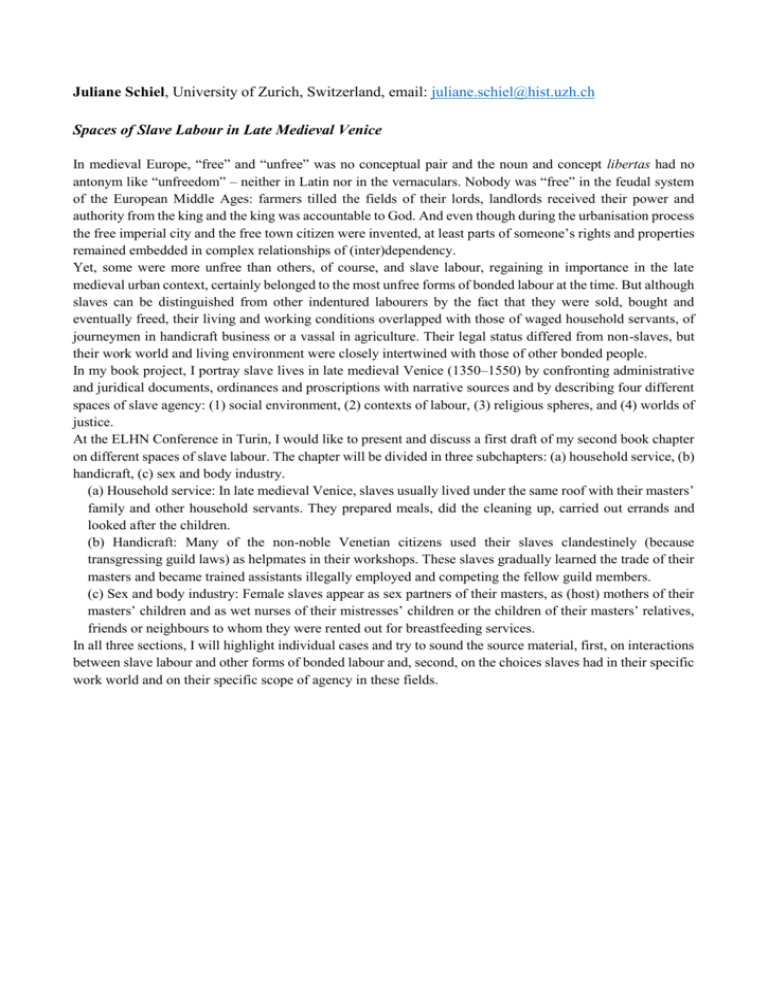
Juliane Schiel, University of Zurich, Switzerland, email: juliane.schiel@hist.uzh.ch Spaces of Slave Labour in Late Medieval Venice In medieval Europe, “free” and “unfree” was no conceptual pair and the noun and concept libertas had no antonym like “unfreedom” – neither in Latin nor in the vernaculars. Nobody was “free” in the feudal system of the European Middle Ages: farmers tilled the fields of their lords, landlords received their power and authority from the king and the king was accountable to God. And even though during the urbanisation process the free imperial city and the free town citizen were invented, at least parts of someone’s rights and properties remained embedded in complex relationships of (inter)dependency. Yet, some were more unfree than others, of course, and slave labour, regaining in importance in the late medieval urban context, certainly belonged to the most unfree forms of bonded labour at the time. But although slaves can be distinguished from other indentured labourers by the fact that they were sold, bought and eventually freed, their living and working conditions overlapped with those of waged household servants, of journeymen in handicraft business or a vassal in agriculture. Their legal status differed from non-slaves, but their work world and living environment were closely intertwined with those of other bonded people. In my book project, I portray slave lives in late medieval Venice (1350–1550) by confronting administrative and juridical documents, ordinances and proscriptions with narrative sources and by describing four different spaces of slave agency: (1) social environment, (2) contexts of labour, (3) religious spheres, and (4) worlds of justice. At the ELHN Conference in Turin, I would like to present and discuss a first draft of my second book chapter on different spaces of slave labour. The chapter will be divided in three subchapters: (a) household service, (b) handicraft, (c) sex and body industry. (a) Household service: In late medieval Venice, slaves usually lived under the same roof with their masters’ family and other household servants. They prepared meals, did the cleaning up, carried out errands and looked after the children. (b) Handicraft: Many of the non-noble Venetian citizens used their slaves clandestinely (because transgressing guild laws) as helpmates in their workshops. These slaves gradually learned the trade of their masters and became trained assistants illegally employed and competing the fellow guild members. (c) Sex and body industry: Female slaves appear as sex partners of their masters, as (host) mothers of their masters’ children and as wet nurses of their mistresses’ children or the children of their masters’ relatives, friends or neighbours to whom they were rented out for breastfeeding services. In all three sections, I will highlight individual cases and try to sound the source material, first, on interactions between slave labour and other forms of bonded labour and, second, on the choices slaves had in their specific work world and on their specific scope of agency in these fields.
